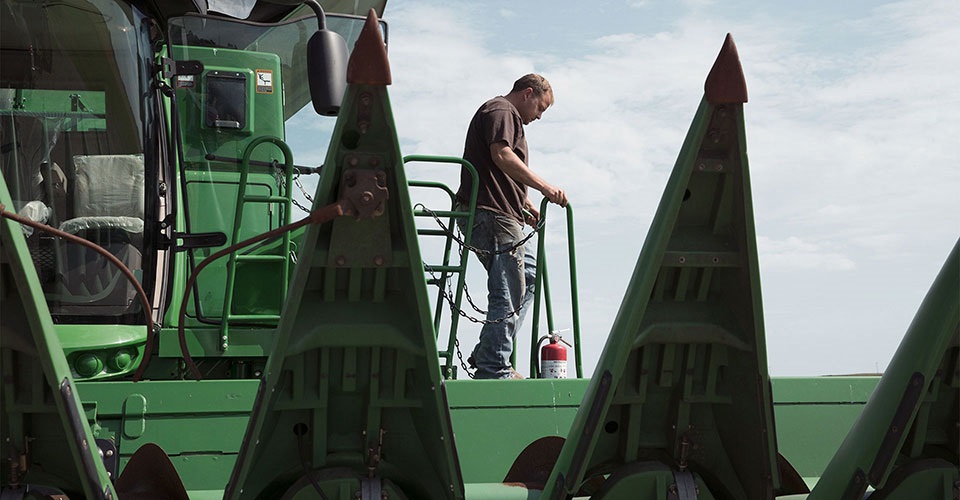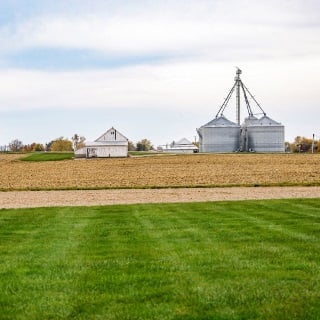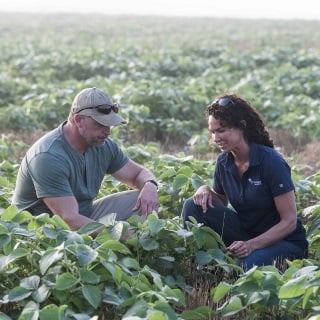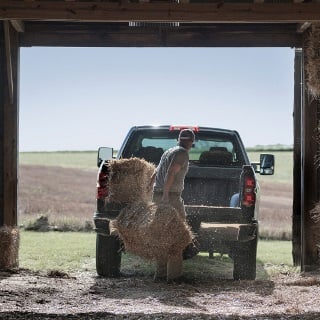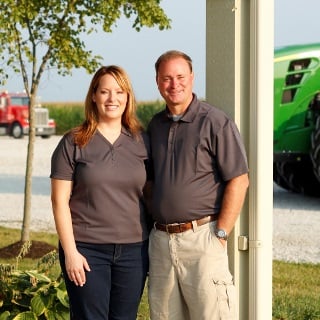Farm equipment is a large expense on any operation’s balance sheet. However, outside the initial cash or equipment loans needed to purchase the machinery, there are quite a few other costs farm equipment can have to your farm. This is why it’s best to plan out farm equipment finance purchases well in advance and secure sufficient funds or equipment loans for those purchases to avoid losing money because of financing costs. This is even more critical as the premium on financial efficiency grows for producers.
Here are a few things producers should examine when planning for a farm equipment finance purchase:
- Ensure the farm equipment being financed is being fully utilized. Excess equipment can eat up capacity in both the farm’s earnings statement and balance sheet.
- Consider finding a piece of good used equipment that still has a limited warranty instead of buying something new.
- Look for ways to combine equipment, including trading in two smaller pieces for a larger piece that is more efficient and requires one less operator. This could save both labor costs and interest through farm equiment finance payments in the long run.
- Weigh if a custom operator or sharing a piece of farm equipment with another producer is an option. Both of these options can decrease the risk associated with owning the machinery.
- Consider a lease that provides a lower annual payment combined with a limited down payment requiring less cash up front.
Though we always recommend farmers take out a farm equipment finance loan to finance their purchase, there are a few, rare cases where producers can potentially use an operating line to finance equipment. Generally, these are situations that are unforeseen and could not be addressed by planning ahead:
Unexpected repairs and replacement
In some cases, a machinery repair or altogether new purchase isn’t part of a larger ownership strategy, therefore it may be more of a surprise to the producer. Using operating credit may be inevitable. In cases like this, it’s important to make sure the price tag isn’t high enough to erode that line of credit that’s normally reserved for things like crop inputs. If a farmer has an unexpected maintenance issue pop up in the field and all the sudden has a $10,000 repair to make, operating lines may be necessary. However, producers should use this option judiciously and explore farm equipment finance loans before resorting to using their operating line.
Temporary purposes based on timing
Producers may be able to use operating credit for machinery if they first consider their own liquidity and working capital targets – and only spend cash that is available above that target. For example, if a producer’s working capital target is equal to 25 percent of their gross revenues, which are $2,000,000 then the target equals $500,000.In this example, the producer has $650,000 in working capital and therefore can comfortably spend $150,000 of cash from the operating loan. The advance on the operating line should be replaced with the sale of the current crop.
Monitor Equipment Depreciation and Resale Value
Another important factor to consider when deciding to take out a farm equipment finance loan is the machinery's depreciation rate and potential resale value. Some machinery holds its value better than others, especially if it’s well-maintained and in demand. Understanding how quickly a piece of farm equipment will depreciate can help you make smarter financing decisions and avoid being upside down on a loan. Keeping detailed maintenance records and staying on top of service schedules can also boost resale value when it’s time to upgrade or sell.
Work with a Trusted Financial Partner
Finally, partnering with a lender who understands the agricultural industry can make a significant difference. A knowledgeable financial partner can help you evaluate your options, structure a farm equipment finance loan that fits your cash flow, and plan for future equipment needs. They can also assist in identifying opportunities to refinance or restructure existing farm equipment finance loans to improve your financial position. With the right guidance, producers can make informed decisions that support both short-term operations and long-term growth.
Equipment will always be a major purchase. By planning ahead, producers can save financing costs and positively impact their bottom line in the near- and long-term future.
Looking to learn more about the different farm equipment financing options that Farm Credit Mid-America offers? Connect with our team today and apply for a loan to get started.
Loans subject to credit approval. Additional terms and conditions may apply. Farm Credit Mid-America is an equal opportunity lender.

